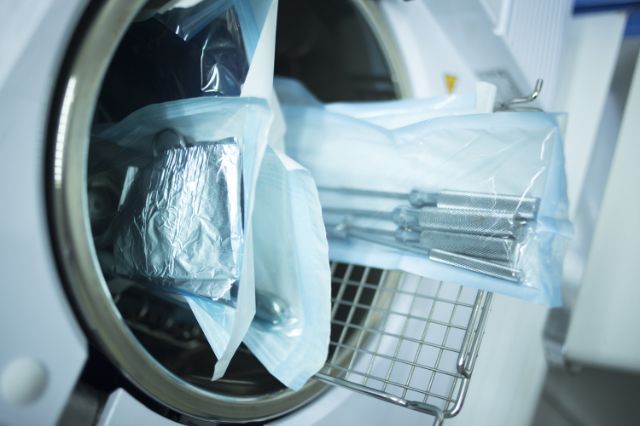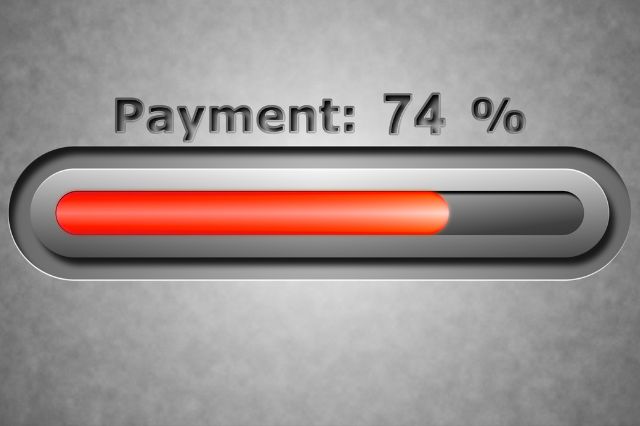The medical device industry is one that requires precision, accuracy, and utmost care, especially when it comes to packaging. One crucial aspect of this process is package integrity testing.
Importance of Package Integrity
Package integrity is vital in the medical device industry. It ensures the sterility and safety of the devices, protecting them from external contaminants. A compromised package can lead to product contamination, posing serious health risks to patients.
The integrity of medical device packaging is also important for regulatory compliance. Regulatory bodies such as the FDA require manufacturers to demonstrate that their packaging processes are reliable and that the packaged medical devices are safe for use.
Common Types of Medical Device Packaging
Medical devices are packaged in a variety of ways, depending on the type of device, its intended use, and its sensitivity to environmental factors. Common types of medical device packaging include pouches, trays, clamshells, and blister packs. Each of these packaging types has its own set of requirements for integrity testing.
Techniques for Medical Device Package Integrity Testing
There are several techniques for testing the integrity of medical device packaging. The choice of technique depends on the type of packaging, the nature of the medical device, and the specific requirements of the testing process.
Visual Inspection
Visual inspection is the simplest and most straightforward method of package integrity testing. It involves visually examining the packaging for any signs of damage or defects, such as tears, punctures, or seal defects. While this method is easy to implement, it is not always reliable for detecting small or subtle defects.
Dye Penetration Test
The dye penetration test is a more sophisticated method of package integrity testing. It involves applying a dye to the packaging and then inspecting it under a light source to detect any leaks. This method is highly sensitive and can detect even small leaks. However, it requires specialized equipment and trained personnel.
Bubble Emission Test
The bubble emission test is another common method of package integrity testing. It involves submerging the packaged medical device in a tank of water, applying a vacuum, and then observing for any bubbles that emerge from the packaging. This method is effective for detecting leaks, but it can be time-consuming and may not be suitable for all types of packaging.
Dry Chamber Test
The dry chamber test is a method of package integrity testing that is particularly useful for detecting leaks in porous packaging materials. It involves placing the packaged medical device in a dry chamber, applying a vacuum, and then observing for any moisture that condenses inside the chamber. This method is highly sensitive and can detect even small leaks.
Pressure Decay Test
The pressure decay test is a method of package integrity testing that involves measuring the change in pressure inside the packaging over time. A decrease in pressure indicates a leak. This method is highly accurate and can detect even small leaks. However, it requires specialized equipment and trained personnel.
Choosing the Right Technique
Factors to Consider
When choosing a technique for package integrity testing, there are several factors to consider. These include the type of packaging, the nature of the medical device, the sensitivity of the testing method, the cost of the testing process, and the specific requirements of the regulatory authorities.
Importance of Regular Testing
Regular package integrity testing is crucial for ensuring the safety and efficacy of medical devices. It allows manufacturers to detect and address any packaging defects early, before they can lead to product contamination or other serious issues. Regular testing also helps manufacturers to maintain compliance with regulatory requirements and to uphold their reputation for quality and safety.
The Role of Medical Device Packaging Leak Detectors
How Leak Detectors Work
Medical device packaging leak detectors are specialized devices that are designed to detect leaks in medical device packaging. They work by applying a pressure or vacuum to the packaging and then measuring any changes in pressure that occur. If there is a leak in the packaging, the pressure will change, indicating that the seal is not intact.
Benefits of Using Leak Detectors
Using a medical device packaging leak detector offers several benefits. It provides a reliable and accurate method of detecting leaks, helping to ensure the safety and quality of the medical devices. It also helps to reduce waste and cost associated with faulty packaging, and it aids in compliance with regulatory standards and requirements.
Enhancing Safety and Quality of Medical Device Products
Package integrity testing is a crucial aspect of the medical device manufacturing process. By understanding the different testing techniques and choosing the right one for your needs, you can ensure the safety and efficacy of your medical devices. For more information on medical device package integrity testing, you can find a wealth of resources online. These resources offer innovative technology that detects leaks quickly and accurately, ensuring the safety and quality of your products. Their expertise and innovative solutions can be a valuable resource for any medical device manufacturer looking to improve their package integrity testing procedures.






